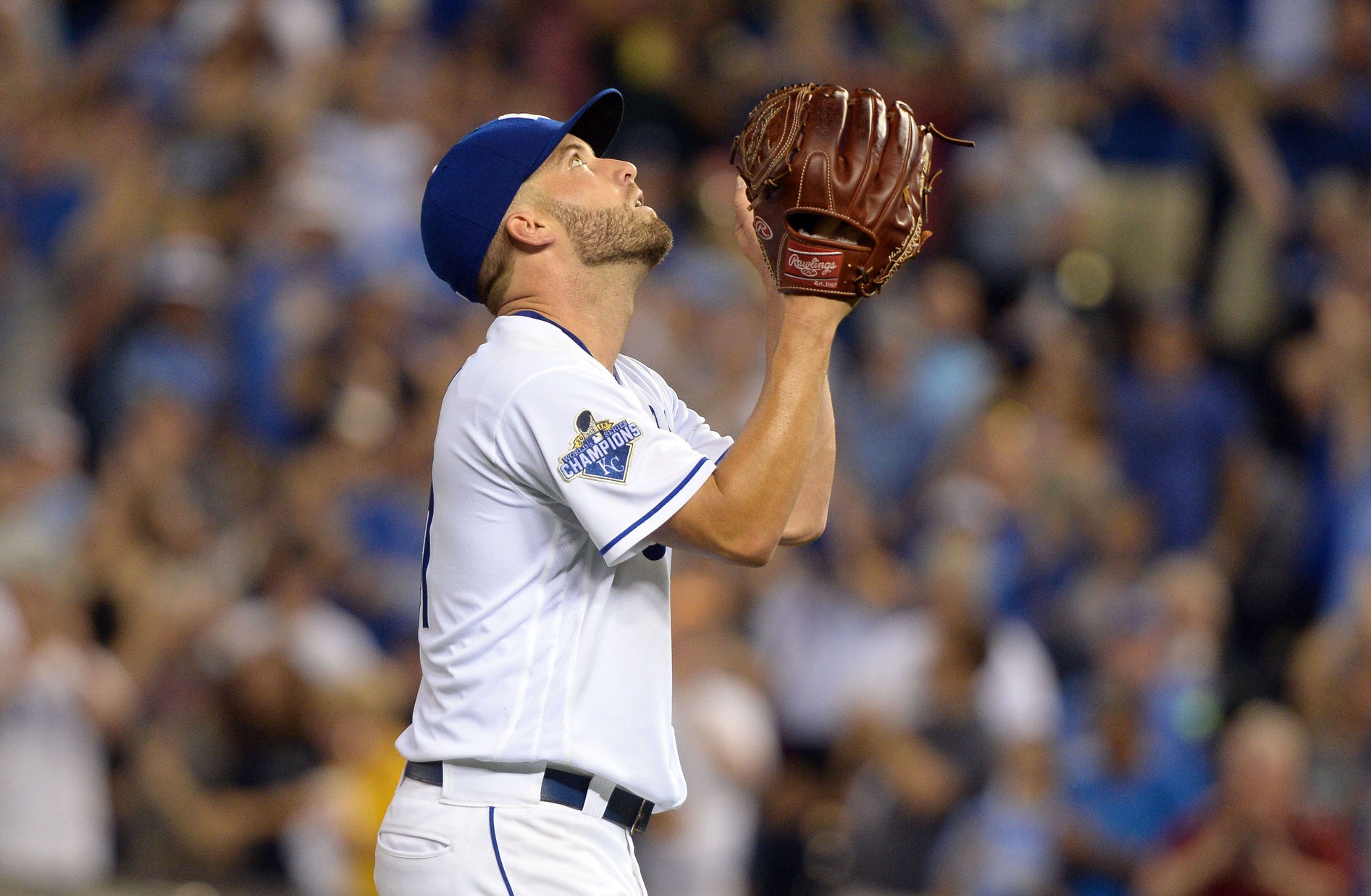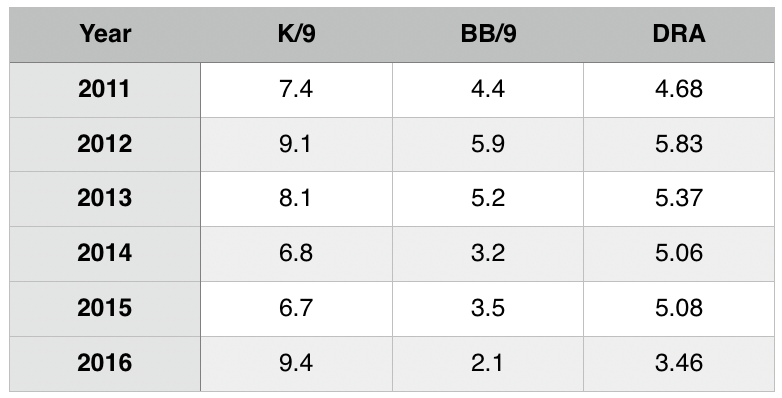The dichotomy that exists in sports can frustrate fans and derail franchises.
On one hand, you have the emotional attachment fans form with a player. The prime of an athlete is fleeting. Teams are built, but last for only a season – sometimes less – before they are reconfigured for another year. Fans have their favorites. Some players represent what it means to be from a particular city or region. Other players endear themselves by giving their everything. Then there are players who are just so damn good they’re always fun to watch. And when they leave, it’s pretty damn tough.
On the other hand, you have the business that is sports. This isn’t charity. Most clubs attempt to win, or at least be competitive. Teams can’t pay players for production that isn’t there, no matter how attached the fan base has become to a particular athlete. There’s no such thing as a sure thing, but teams take the necessary steps to protect themselves from a bad contract. Generally. Otherwise, you become the New York Yankees, a franchise that celebrates the over the hill with crippling contracts.
The Danny Duffy extension is the perfect confluence between satisfying the fans and the franchise.
Entering his final season with the Royals before he could be eligible for free agency, Duffy signed a five year contract extension valued at $65 million. On the surface, this seems to be a fairly straight forward deal. There doesn’t appear to be any options or no-trade clauses. Duffy will make $5 million next year and will pocket $14 million in 2018, $15.25 million in 2019 and 2020, and will realize a modest raise in 2021 to $15.5 million.
Last season, Duffy finished with a career high in innings pitched (179.2 IP) and the best DRA of his career at 3.46. His WARP was 3.8, marking the first time since his rookie year he finished with a positive mark. He did it by spinning the best whiff rate of his career which naturally led to an outstanding strikeout rate to go along with exquisite command yielding a career-best walk rate.
The 2012 and 2013 seasons are the bookends to his Tommy John surgery and represent small sample sizes. What’s notable is how quickly he cut his walk rate following his return from that surgery. That was the first step toward scoring this contract.
He took things to another level last season with his strikeout rate. Granted, some of that is the benefit of pitching in short outings out of the bullpen early in the season (his strikeout rate as a reliever was 10.5 K/9), but he was able to maintain an elevated 9.3 K/9 rate as a starter. As Mike Petriello notes at mlb.com, Duffy had the biggest improvement of difference between strikeout and walk rate in 2016 at 11.7 percent. Second place belonged to Justin Verlander at 6.7 percent. Yes, Duffy basically lapped the field.
In 2016, Duffy scrapped his windup and generated the highest swing percentage of his career, but missed the highest percentage of bats. That’s what we call swing and miss stuff. He also posted the highest chase rate (swings on pitches outside of the zone) in his career. This is a somewhat clinical way of saying he owned the strike zone and frustrated hitters were futile in their attempts to make contact.
The breakout 2016 leads us to this contract.
But this is a very good contract all around. If we value a WARP at $8.5 million and assign Duffy a 3.6 WARP for his upcoming age 28 season, here’s the potential value of this deal for the Royals.
Keep in mind, this is a very rough calculation but this gives an idea at the surplus Duffy could provide. There’s a lot of assumption in those projections, given the fact he’s posted a positive WARP just twice in his six year career. Yet this illustrates the upside on signing a player who has shown improvement and is about to enter the prime of his career. If you buy his 2016 season as a breakout, and if he can remain healthy, this is the upside of his value.
There is risk in this deal. Duffy is a Tommy John survivor. While there have been pitchers who have been productive after the surgery (and Duffy is one of those pitchers), the greatest indicator of injury risk is previous injury history. Duffy underwent the surgery in 2012. The Royals are betting the new ligament holds almost nine years. That $120 million in value in the table above? Remember that only Jordan Zimmerman has had TJS and hit nine figures on a free agent contract. Duffy is doing the right thing and accepting the security in a place he is comfortable.
The other caveats of risk apply: Duffy has never pitched a full season as a starter. In his best two seasons, he struggled in the final month. Other injuries could derail his progress. Yet this was a risk worth taking. If Duffy builds on his 2016, he is certainly leaving more money on the table, but the financial security offered was worth accepting. He’s comfortable in Kansas City and has found financial security. Could he have made more money in the open market? Probably. Would he have been as happy? It doesn’t sound like it.
Let’s discuss what this means to the fans. Duffy is one of two pitching development success stories in the Dayton Moore era. He walked away from the game briefly in 2010 because he needed to get away from the game for awhile. He made his major league debut in 2011, at the front of The Process. When he returned from his surgery, he was tutored by James Shields and emerged as one of the stalwarts on the 2014 staff that made that deep October run. Duffy was hurt that postseason and saw limited action, but was a key bullpen arm in the championship run of the next season.
That kind of pedigree is enough to earn adulation from a fanbase starved for success. Except Duffy took things a step further, repeatedly declaring his loyalty to the organization and stating that he wanted to be a Royal for life. “Bury me a Royal.” Are you kidding me? After almost three decades of a franchise acting as a way station for players who couldn’t wait to get out of the baseball purgatory of Kansas City, here was a young kid who never wanted to leave. He loves Kansas City. The feeling is mutual.
At his press conference on Tuesday announcing his contract, Duffy spoke of his admiration for the organization for sticking by him through his 2010 sabbatical. It’s no surprise, really. Moore and his team are about the people. They aren’t going to abandon a player, especially one who just needs some time to reassess his current position. That’s what Duffy stepping away from the game was all about. Moore stood by his player and Duffy has never forgotten the support. It’s kind of rare to see that two way level of respect and character. But knowing Moore and Duffy, it’s hardly surprising it played out this way.
And that’s another reason the fans have developed a bond with Duffy. It’s deeper than bear suits. It’s because we see a young man who is clearly thankful that he has the talents to throw a baseball to get major league hitters out and has an organization that stands behind him every step of the way. He’s the easiest guy to root for that I can remember. This is part of The Process that worked: Nurture young starting pitchers and reward them with contract extensions keeping them in Kansas City through the prime of their career.
The Royals need Duffy. Duffy needs the Royals. It’s a perfect match we get to experience for the next five years.


